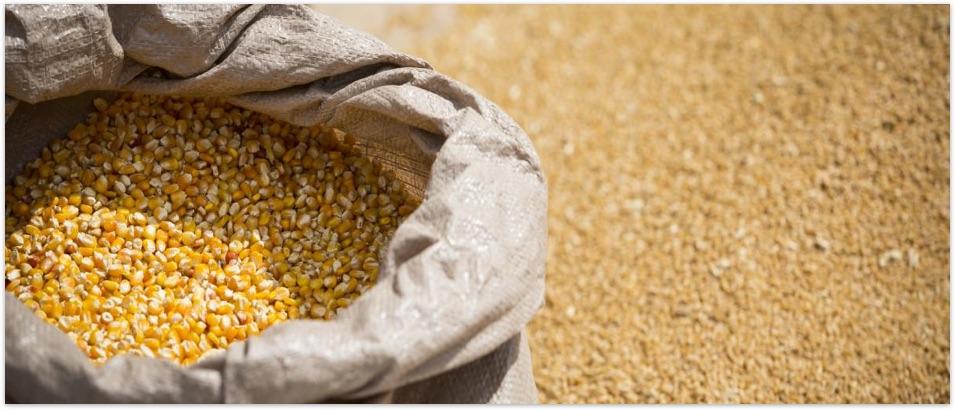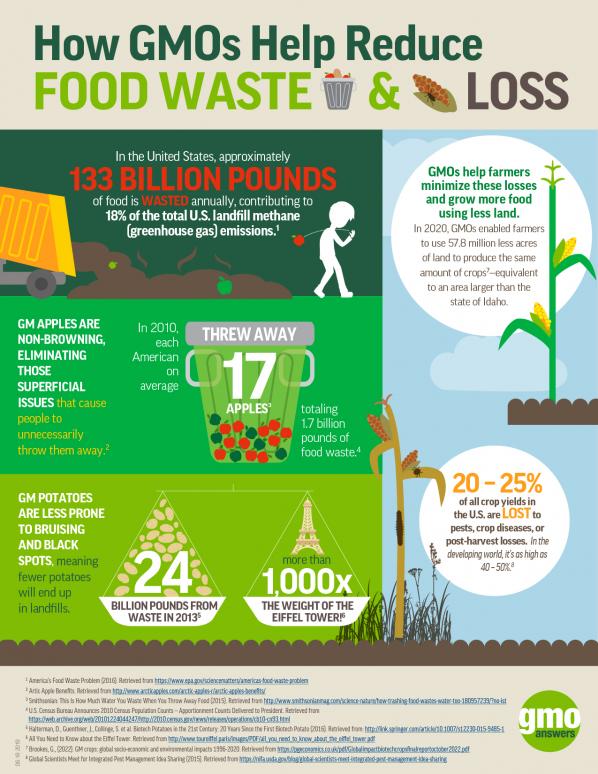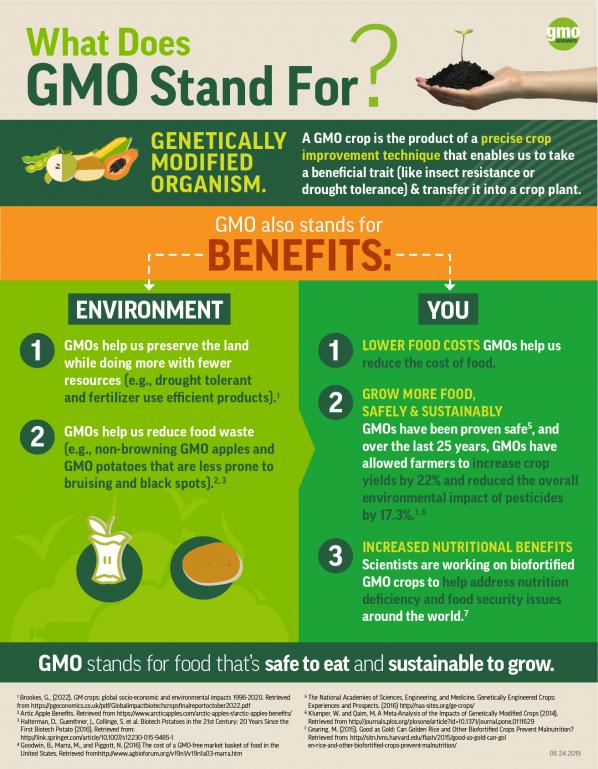GMOs and World Hunger: Meeting Food Demand Sustainably

Did you know that the total land devoted to agriculture around the globe is almost 20 million square miles (48 million square km)? That’s more than five times the area of the United States. The availability of farmland is essential to agricultural production. And, yet, the availability of new land suitable for crop production is limited, partly because farmland is sometimes considered more valuable when converted into urban and suburban developments. Some estimate that we are losing agricultural land by up to 175 acres an hour.
With an estimated world population of 9.7 billion by 2050, farmers will need to produce up to 70 percent more food than they do today to satisfy global demand.
How Can GMOs Help Solve Poverty and Hunger?
One of the key ways that genetically modified crops help to maximize resources is to minimize crop loss and optimize yields. It is estimated that between 26 and 40 percent of the world’s potential crop production is lost annually due to weeds, insects, diseases and other pests. Insect-resistant, disease-resistant, and herbicide-tolerant genetically modified crops help to reduce these crop losses.
An analysis of over 6,000 peer-reviewed studies covering 21 years of data found that GMO corn increased yields up to 25 percent and dramatically decreased dangerous food contaminants. The study, published in Scientific Reports, analyzed field data from 1996, when the first GMO corn was planted, through 2016 in the United States, Europe, South America, Asia, Africa, and Australia.
The researchers’ key findings:
- GMO corn varieties increased crop yields 5.6 to 24.5 percent relative to their non-GMO equivalents
- GMO corn crops had lower percentages of mycotoxins (-28.8 percent), fumonisins (-30.6 percent) and thricotecens (−36.5 percent), all of which can lead to economic losses and harm human and animal health
Genetic engineering has also resulted in a dramatic increase in yields and a sharp reduction in the use of pesticides in the growing of brinjal (eggplant) in Bangladesh, according to a 2018 study in Frontiers of Bioengineering and Biotechnology.
Minimized crop losses help to produce greater yields, and genetically modified crops are allowing farmers to grow more on current farmland. Between 1996 and 2020, crop biotechnology was responsible for an additional 363.76 million tons of soybeans, 655.87 million tons of corn, 40.78 million tons of cotton and 17.63 million tons of canola, without having to bring more land into agricultural production.
It is estimated that if GMOs had not been available in 2020, in order to maintain current production levels would have required the planting of 58.7 million additional acres of crops. That means that without the use of genetically modified seeds, farmers would have needed to plant 28.7 million more acres of soybean, 21 million acres of corn, 6.9 million acres of cotton and 1.2 million acres of canola.
GMO crops are being adopted globally because of the enormous benefits to the environment, health of humans and animals, and contributions to the improvement of socio-economic conditions of farmers and the general public. The net farm level economic benefit was just under $19 billion in 2020, equal to an average increase in income of $103/hectare. From 1996 to 2020, the net global farm income benefit was $261.3 billion, equal to an average increase in income of $112/hectare.
GMO crops contributed to food security, sustainability, and climate change solutions by:
- increasing crop productivity by 1.078 billion tons over 20 plus years and 93.7 million tons in 2020 alone;
- conserving biodiversity in 2020 alone by saving 57.8 million acres of land;
- providing a better environment
- Over the last 20 years, GMOs have reduced pesticide applications by 7.2% and helped increase crop yields by 22%.
- by reducing EIQ (Environmental Impact Quotient) by 17.3%
- reducing CO2 emissions in 2020 by 52 billion pounds, equivalent to taking 15.6 million cars off the road for one year; and
- helping alleviate poverty through uplifting the economic situation of 16-17 million small farmers, and their families totaling >65 million people, who are some of the poorest people in the world
Thus, GMO crops can contribute to a “sustainable intensification” strategy favored by many science academies worldwide, which allows productivity and production to be increased on the current 1.5 billion hectares only of global cropland, thereby saving forests and biodiversity. GMO crops are essential but are not a panacea, and adherence to good farming practices such as rotations and resistance management, are a must for biotech crops as they are for conventional crops.1
While GMOs are not a silver bullet for solving the complex challenge of feeding a growing population, they are a proven tool for helping to increase agricultural productivity and for improving the economic and environmental sustainability of farming in the developing world.
1. Data from ISAAA Global Status of Commercialized Biotech/GM Crops: 2018.
What's Next for GMOs? A Chef's Perspective

